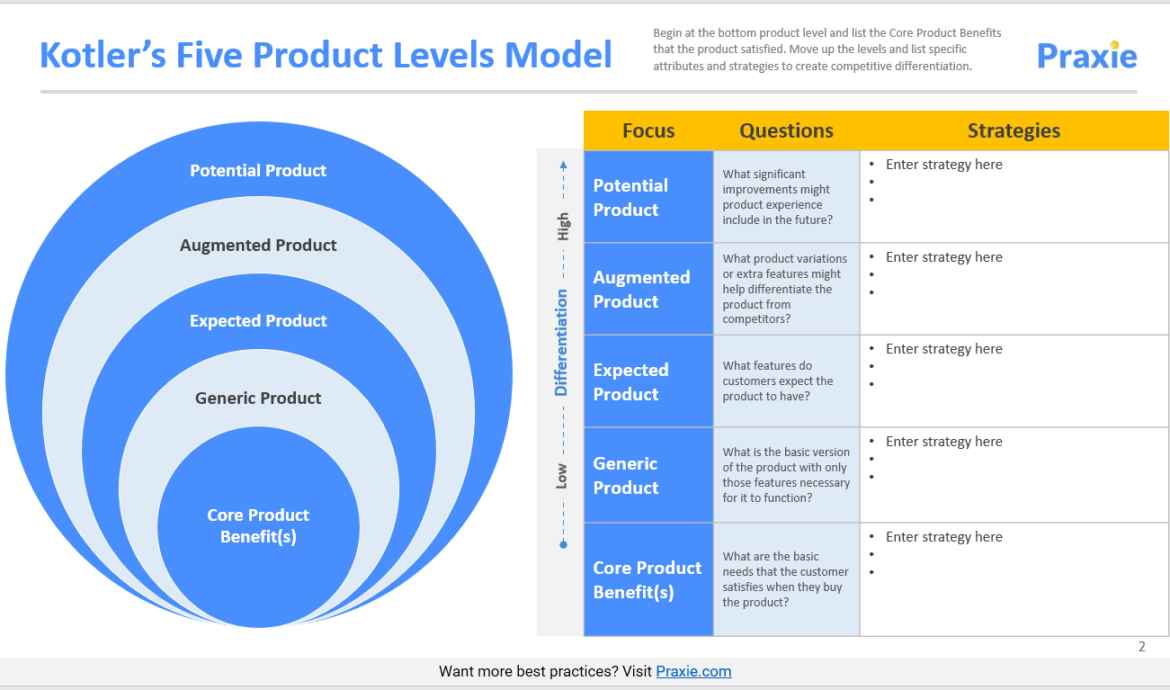5 Product Metrics To Use In Your Product Strategy

Product Strategy is a deeply rooted discipline in product management, and it’s intended to create a framework for scaling up the product. A solid Product Strategy will let you find problems, define goals that you set out to achieve with your product and map out a plan on how to achieve those goals.

In this article, I’m going to give you 5 guidelines so that you can implement them into your own strategy.
1. Identify the Problem Your Product Solves
In every successful business model, there is always one thing on which the company nails it: first, they create a clear understanding of a problem that exists within their target market and then proceed to solve that problem with an elegant solution provided by the product itself. Let me give an example from my life as an entrepreneur.
2. Your Own Experience
In my own experience I have come to identify a couple of problems within the digital marketing industry. One problem is that there is a lack of quality, in-depth articles and/or videos about certain topics. Another one might be that the majority of bloggers want to increase their pageviews and social media presence, but don’t know how exactly they should go about doing so. And lastly, people find it hard to track all their online activities (social media, blogging efforts etc.) with just Google Analytics considering it’s such a complex tool.
3. Look for More Problems and Create a List
Since I came across these three problems while working on different projects myself or by talking with other marketers and entrepreneurs, I decided to make a list of all the problems I could find about content marketing. You can apply this method to any topic or industry that you are familiar with.
4. Find A Solution for Each Problem & Create an Overview
Once I added all potential problems and solutions for each one, I started seeing some patterns emerging. It became pretty obvious that the Content Marketing Institute has created various useful resources about blogging, social media marketing and content strategy. And it would be great if there was an all-in-one tool that allowed marketers to track their efforts in these three different locations quickly and easily. That’s how my idea was born!
5. Make Sure You Know Your Target Audience
When you are planning on marketing something, it is essential that you know your target audience. If you don’t know who will be interested in using this new tool, then how can you expect to sell them anything?
I knew that my final product would be targeting the Content Marketing sphere . And I was positive about that because I am a part of this community myself! Therefore, I started looking for potential competitors and found quite a few of them: Moz , HubSpot , BoostBlogTraffic and BlogDash to name just a few. These resources have different features but they all aim at helping marketers with content promotion so I didn’t find any of them suitable for my future needs.
5 Tips For success, a list of things we should think about while defining our product strategy:
1. Who is your target audience and what do they need?
2. How does your product solve problems and add value for customers?
3. What capabilities or resources do you need to enter the market successfully?
4. How will you reach potential buyers? What marketing channels will work best for you?
5. How can you protect your new business from competitors and commoditization early on in the life cycle?
The key elements of a product management strategy are:
These requirements can be both internal such as having information systems that provide quality feedback on production and distribution to the staff, and external such as finding ways to attract potential customers. A major aspect in establishing trust among buyers is transparency of operations and building relationships with suppliers who implement good practices in their own businesses.
Thus Product Strategy is a major element of a business plan that defines the product path, positioning and unique selling proposition. In other words, it tells what your final product will be and who will want to use it. The product strategy model is often embodied in the marketing mix strategies of a company.
The product strategy addresses the question of whether to make a new product, update an existing one, or pull out of the market. The process involves identifying potential target segments, specifying the value proposition for these segments, and matching this with pricing opportunities.
Product strategy can involve overhauling an entire portfolio or adding incremental products to satisfy customer needs. A key task in implementing a successful product strategy is figuring out how to provide adequate levels of quality at cost effective prices through good production processes that are implemented by competent managers and workers. Similarly it also requires building trust among buyers who may have fears about buying despite their anticipation of benefits from doing so (for example people who buy online).









Comments are closed.